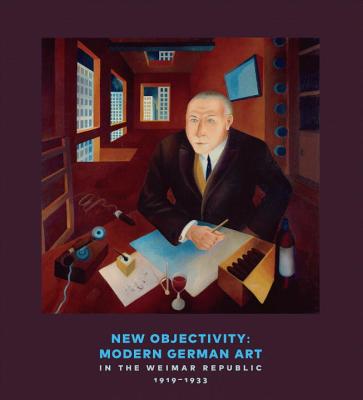
New Objectivity: Modern German Art in the Weimar Republic 1919-1933
Description
This beautifully illustrated book brings together a dazzling variety of works and provides fresh insight into artistic expressions of life in the Weimar Republic. Between the end of World War I and the Nazi rise to power, Germany’s Weimar Republic (1919-1933) was a thriving laboratory of art and culture. As the country experienced unprecedented and often tumultuous social, economic, and political upheaval, many artists rejected Expressionism in favor of a new realism to capture this emerging society. Dubbed Neue Sachlichkeit—New Objectivity—its adherents turned a cold eye on the new Germany: its desperate prostitutes and crippled war veterans, its alienated urban landscapes, its decadent underworld where anything was available for a price. Showcasing 150 works by more than 50 artists, this book reflects the full diversity and strategies of New Objectivity. Organized around five thematic sections, it mixes photography, works on paper, and painting to bring them into a visual dialogue. Artists such as Otto Dix, George Grosz, and Max Beckmann are included alongside Christian Schad, Alexander Kanoldt, Georg Schrimpf, August Sander, Lotte Jacobi, and Aenne Biermann. Also included are essays that examine the politics of New Objectivity and its legacy; its relation to international art movements of the time; the context of gender roles and sexuality; and the influence of new technology and consumer goods.
Praise for New Objectivity: Modern German Art in the Weimar Republic 1919-1933
"This is Barron’s sixth major exhibition of German art, and both the show and the accompanying catalog are broader in scope than the Metropolitan Museum of Art’s 2007 Glitter and Doom: German Portraits from the 1920s—which focused on the left-wing Verist artists—and fortify the significance of this movement."
—Arts & Auction
"The most extensive survey of its theme so far undertaken in the US, with around 200 works, it aims to reflect the full spectrum of art production that during the 1920s came to be recognized as Post-Expressionist."
—The Art Newspaper
"An absolutely smashing book . . . The production values and organization of this volume could not be better, and it contains illuminating essays by 16 writers who take on different aspects of that unique period in art."
—Edward Sorel, The New York Times Book Review

